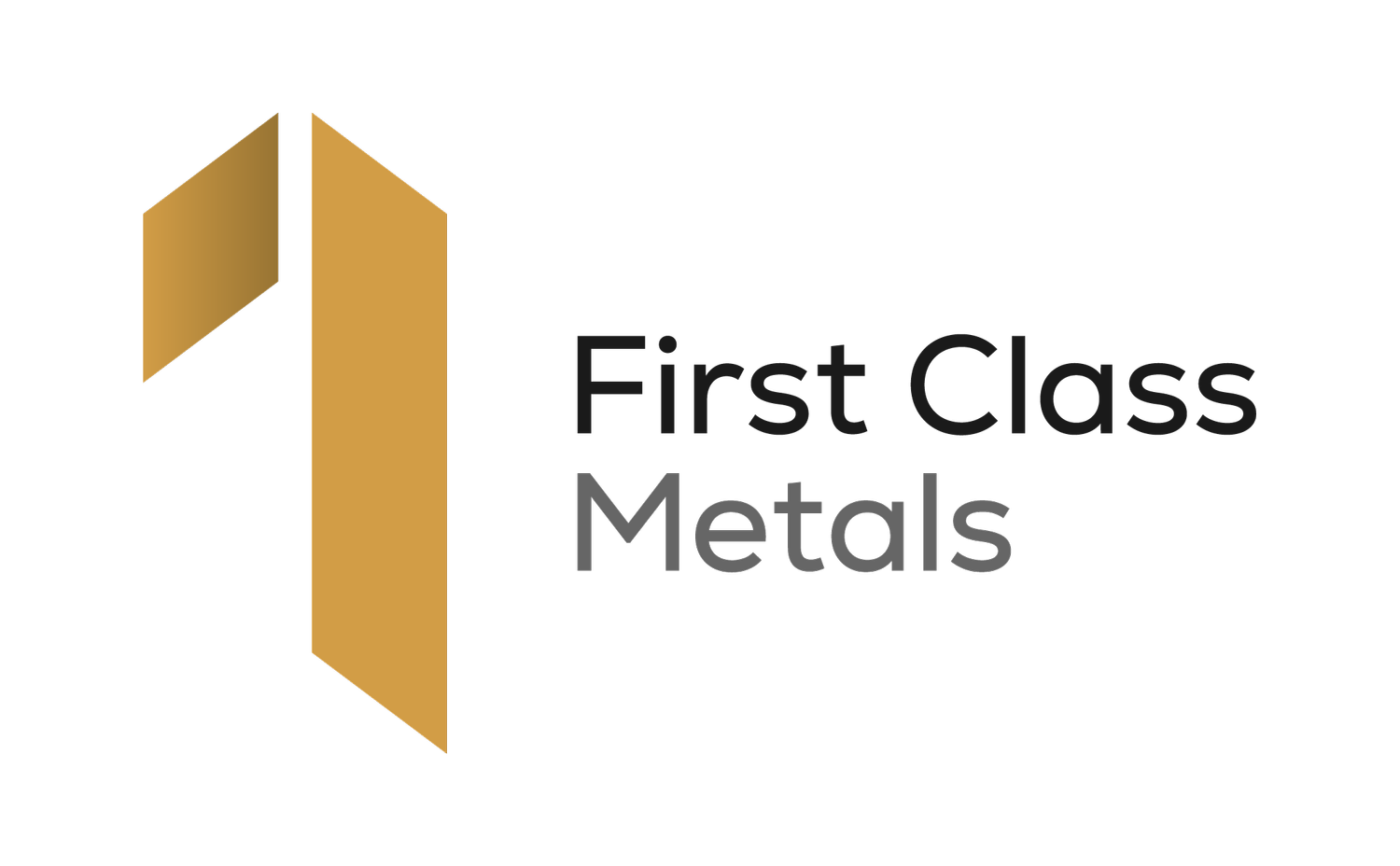Putting our incubator strategy into action…
Our goal at First Class Metals is to make metal discoveries. Specifically, discoveries we can monetise through divestment to a third-party – be it through a sale, a joint venture, or a farm-in.
It’s what we call our incubator model. And it means we’re often keen to take a stake in exciting new cost-effective projects when they are brought to our attention.
This is exactly what happened with the McInnes Lake and Quinlan properties over the last couple of weeks. Not only do both assets show strong songs of prospectivity for highly in-demand metals, but we were able to secure entry on attractive terms.
The pair enhance our future growth and development potential significantly. With this in mind, I’d like to quickly introduce them here…
Quinlan
Quinlan brings lithium optionality to our portfolio.
This is important because Zigzag is gathering increasing amounts of interest as our exploration advances. Given we believe lithium demand will remain critical (and prices high), we want to ensure we have long-term exposure.
The project is based in northwest Ontario and holds one of the highest lake sediment lithium values for the province at 966.3 parts per million.
It was even recommended by the area’s resident geologist in a recent Ontario Geological Society report. Luckily, we already had Quinlan under agreement upon publication – otherwise competition would likely have been stiff.
We now have an option in place that allows us to explore the project for four years, provided we meet low-cost spending requirements. With previous observers already highlighting large outcrops of granitic pegmatite in the area, we have plenty to investigate throughout this period.
McInnes Lake
cInnes Lake, meanwhile, is made up of several claims to the north of the Red Lake Greenstone Belt in Ontario.
This area is home to the Campbell and Red Lake mines, operated by Evolution Mining, which have collectively contributed to more than 26 million ounces of gold production. Not just that, but both mines have maintained consistently high ore grades of about 22 grams per tonne.
Very little systematic or comprehensive exploration has taken place over McInnes Lake. The work that has taken place, however, suggests geological similarities to Red Lake.
For example, the claims cover what have been interpreted as deep-rooted extensional shear zones continuing north from the belt containing similar aged rocks to those hosting major gold deposits. Likewise, a number of gold occurrences of up to 3.6 grams per tonne were identified over the claims earlier this decade.
What’s most interesting about McInnes Lake, though, is its prospectivity for lithium as well as gold.
Field programmes a couple of years back discovered anomalous lithium values of up to 1,200 parts per million in volcanic rocks. Meanwhile, sampling of three pegmatite dykes on the property last year returned anomalous levels of lithium as well as rubidium and caesium.
It’s early days yet. But as our CEO Marc said when we announced commercial terms, McInnes Lake presents a realistic expectation for a significant discovery.
Continuous project flow
The bottom line is, we remain very optimistic about the discovery potential of our four core projects.It’s exactly because of this that we need to ensure we have a pipeline of exciting projects we can shift our efforts towards in the event of commercial success.
We’d already begun to build this pipeline, most notably through our work at Mckellar. Now, Quinlan and McInnes Lake represent fine, low-cost additions we look forward to learning more about through initial exploration over the coming months.
